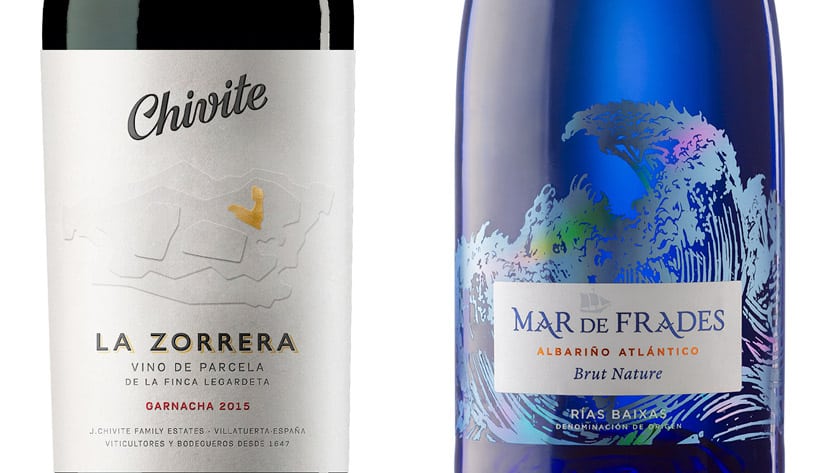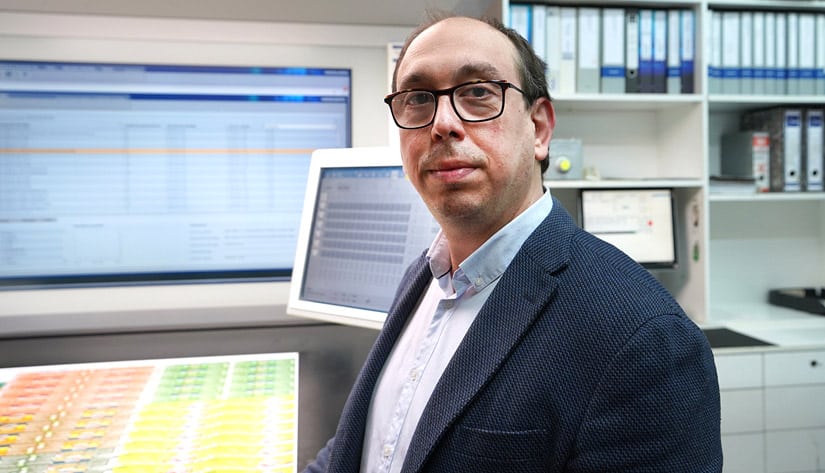Many factors come into play when it comes to choosing a wine. The consumer’s knowledge of the winery is, obviously, the most important. But when we stand in front of a shelf, in a wine shop or in a department store, we experience a kind of “crush” that not infrequently makes us choose one bottle over another.
In this “crush”, which lasts only a few seconds, labels are everything. In just a few square centimetres, wineries must transmit to the consumer a declaration of intent about the identity of their wines and their brand.
As Alberto Torroba, general manager of Argraf, explains, in the last 40 years, the wine label sector has undergone “a revolution, both technically and aesthetically”. One and the other have gone hand in hand and have made it possible to find an endless number of finishes and formats. Thus, the current trend is “not only to make a visual impact, but also to provide tactile sensations”, says the director.
Materials with velvet textures or wood veneers are some of the trends that can be found on the market. The use of complex reliefs, at various heights, is also becoming increasingly popular.

Among the most innovative, Torroba points to the application of various materials superimposed on the same label. Or even paper printed with thermochromic inks whose motifs remain invisible and only come to light when the bottle reaches the correct serving temperature.
In this wide world of almost infinite possibilities, the training of the designer is particularly important, as he or she has to keep up to date with the trends, capabilities, machinery and finishes that can be applied to their designs. “We like to think that if creativity has no limits, brands shouldn’t have any either”.
With this panorama, it is not difficult to think that the wine label and packaging sector still has many pleasant surprises in store for us. Torroba is clear: “We are moving towards more elaborate and complex labels, with more graphic and even artistic elements; labels that tell stories in just a few square centimetres and with increasingly higher technical quality and richer and more natural materials. The future will be technological and sustainable.

